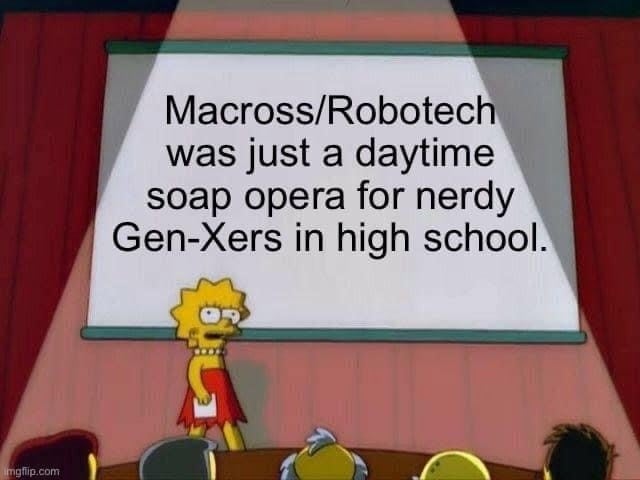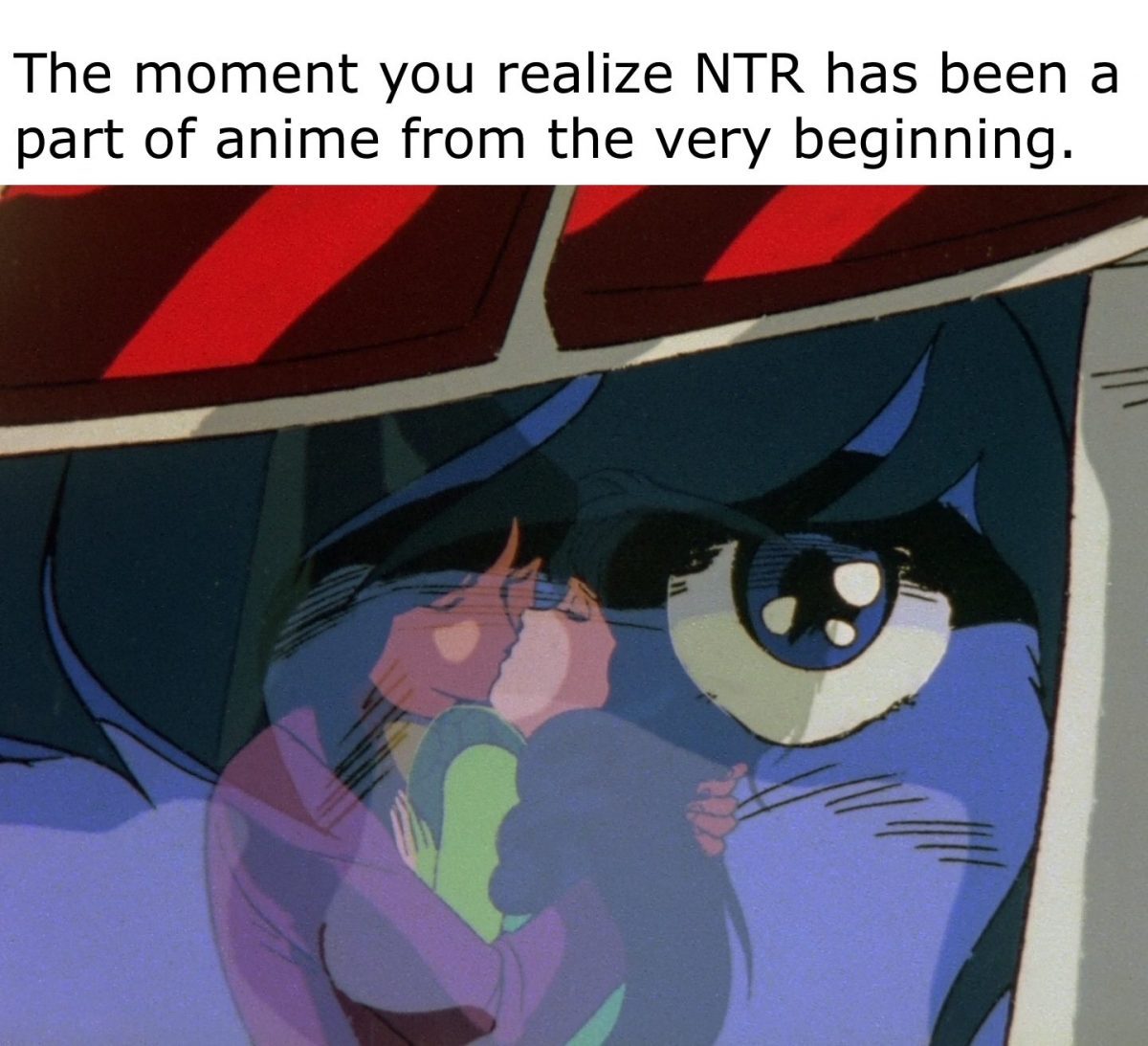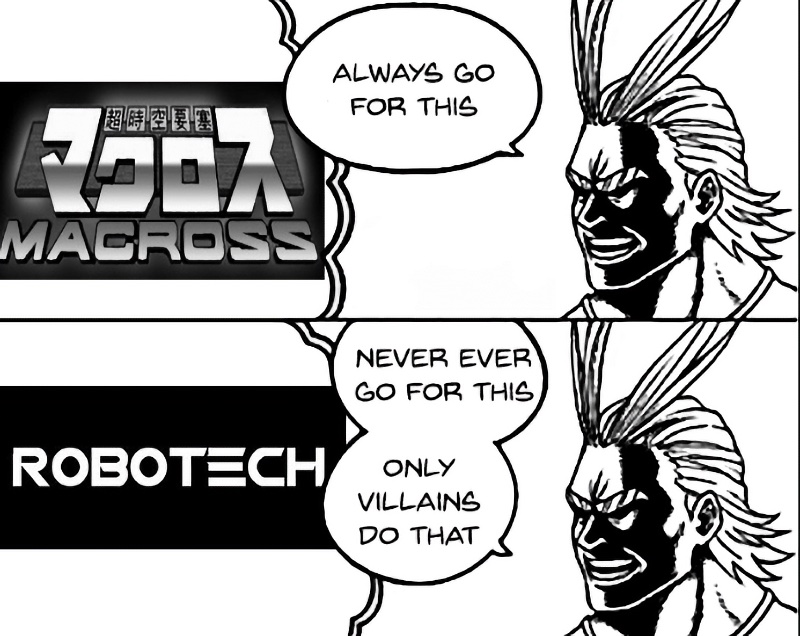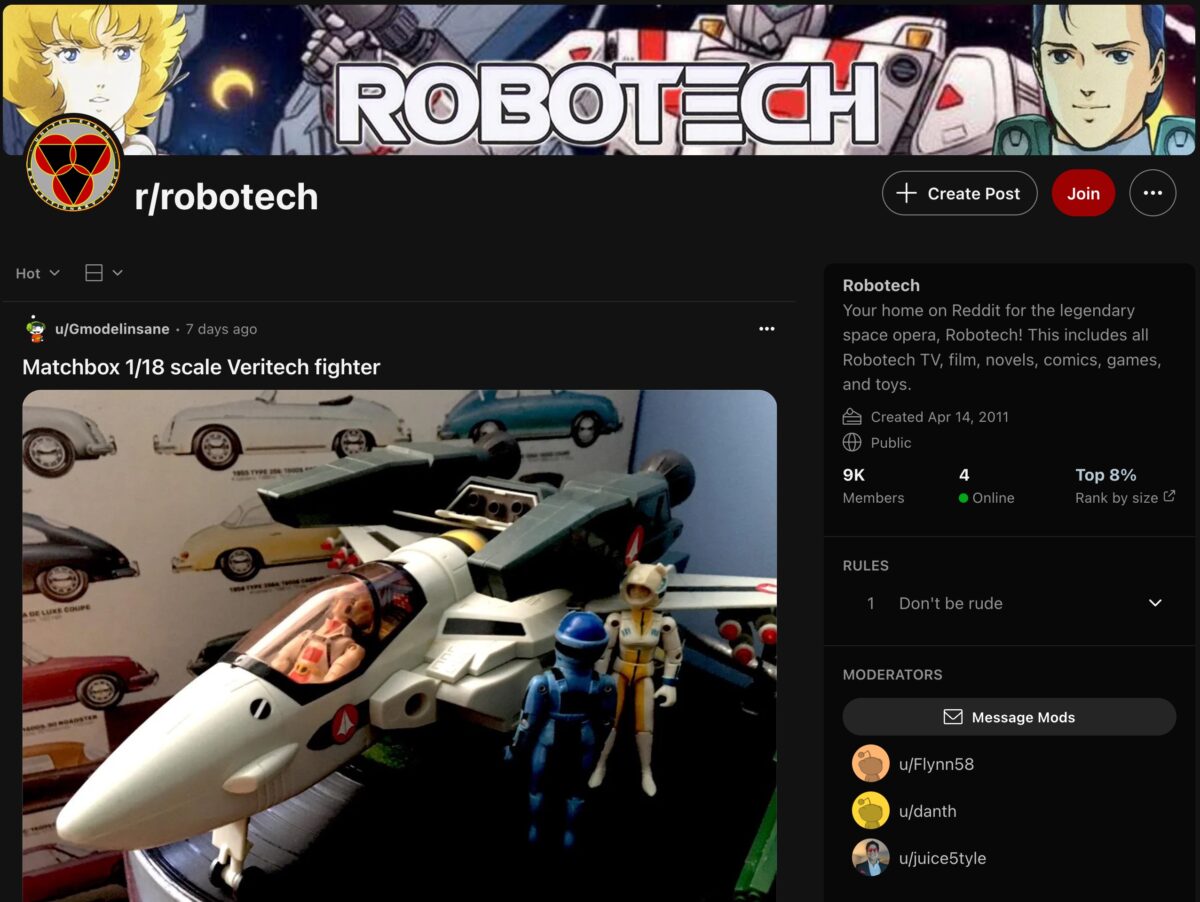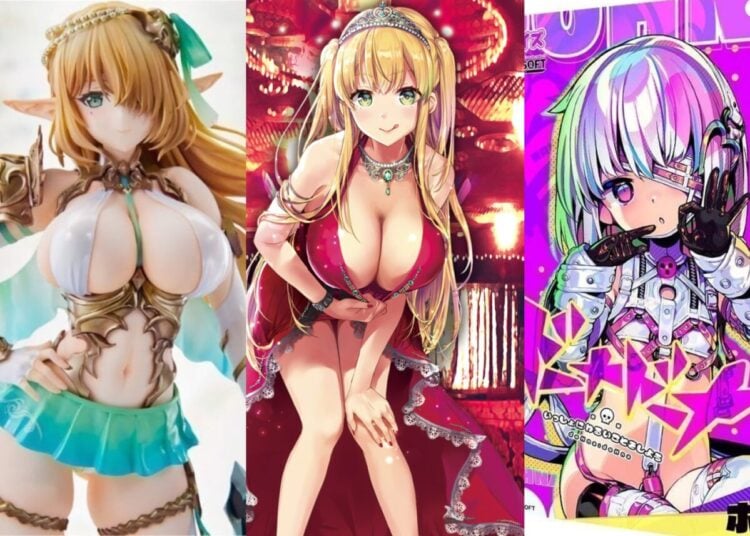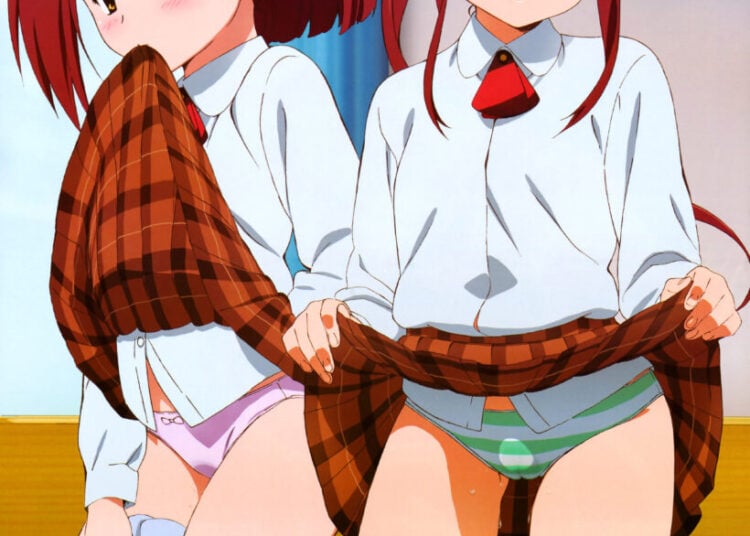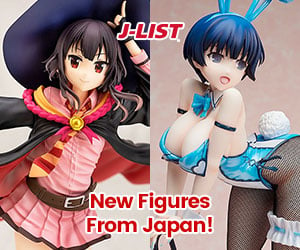Tomorrow, March 4, marks the 40th anniversary of Robotech, the influential early anime adaptation that helped usher in the modern era of anime we live in today. Let’s look back at its influence over the past four decades, and everything that Robotech did for early anime fandom (good and bad)!
Great news! J-List is having a $40-off-$200-or-more holiday coupon you can use for all in-stock items shipping from Japan! (Except calendars and Lucky Boxes.) This means you can make a big order of ecchi products for men, manga and doujinshi, JAV DVDs and Blu-rays, or hentai products and save big. Start browsing here!
The Robotech 40th Anniversary! How Did Robotech Change Anime?
Looking back at the slow and steady rise of anime over the years, many important turning points helped shape its popularity. Such as the smash hit that was 1988’s Akira. And the success of Sailor Moon, which made anime a household name almost overnight. The huge impacts of Evangelion and Pokémon. The founding of Funimation, which was basically created as a vehicle to bring Dragon Ball to the West. And the launching of Toonami, a huge gateway for Western fans into proper anime.
But none of these would have happened without Robotech, the groundbreaking anime adaptation that launched on March 4, 1985. The show did something innovative, taking three similar but not directly related series and editing them together into one grand story. Although fans would view this as a bad thing later, it was an important step in the development of the industry overall.
The World Robotech Was Born Into
What was the world like back in 1985? Let’s take a trip down memory lane!
- The Soviet Union was still a thing, and Gorbachev had just come to power.
- The VHS vs. Betamax wars were still raging.
- Gasoline cost $1.12 a gallon. I have fond memories of paying for gas with pennies when I had no other money.
- The first Macintosh computer had been released less than a year before.
- Airlines still had smoking sections, and every car came with an ashtray and lighter.
If you wanted to watch cartoons, you had to wake up early on Saturday morning, because that was the time slot for cartoons. And all cartoons were mostly aimed at kids. Scooby-Doo and Scrappy-Doo. The Super Friends. He-Man and the Masters of the Universe. Inspector Gadget. Jem and the Holograms.
In a lot of ways, the world was ready for a pop-culture revolution. And it was about to get it, in the form of Robotech.
Robotech Introduced a Generation to Anime
In those days, anime subculture was already a thing, flourishing in groups like the Cartoon/Fantasy Organization, a network of independent sci-fi clubs with a strong anime bent. Early fans like me watched anime on 10th-generation VHS copies with no subtitles and counted ourselves lucky. But anime needed a spark to bring things to the next level. And that spark was provided by Robotech, which aired on various small broadcasters across the US starting in 1985.
Carl Macek had worked as a producer throughout the 1980s, without making a terribly big mark on the world. In 1983, he visited his local anime store in Santa Monica, and the owner told him about this cool new thing that had hit from Japan called Macross. Carl started working with Harmony Gold to license the show, and three pilot episodes were produced. When he ran into trouble selling a 36-episode series to TV stations, he went back to Tatsunoko Productions to ask about other series that could be licensed together.
“Dallas In Space” Amazed Early Fans
When you’re bringing a unique product to a wide audience, it can be hard to know what language to use to describe it. I learned this after founding JAST USA back in 1997, when I suddenly had to explain what these unique Choose Your Own Adventure-type ecchi games from Japan were. We all know the term “visual novel” today, but nobody did back then. Should we describe them as “hentai games”? Or use a common Japanese term at the time, “gal games”? In the end, we used the term “dating sim” because it was easy to grasp for new customers.
In trying to promote Robotech, Carl Macek faced a similar issue. Today we all know that “anime” is a word that describes the unbelievably broad world of dark and violent stories that flow out of Japan’s best animation studios, but no one knew that back then. In an interview, he tried to explain the incredibly complex stories anime was telling using the phrase “Dallas in Space.” (Meaning stories so complex they were basically soap operas in a sci-fi setting.)
Robotech Had a Light Touch When It Came to Censorship
Yes, Harmony Gold and Carl Macek removed Minmei’s shower scene from episode 4 (though you can watch it here). But by and large, they didn’t meddle with the core themes of the story, which focused on the drama that came from an Alien invasion that resulted in the destruction of the entire planet. Impressively, they left in some pretty violent scenes of cities exploding, including a shot of soldiers talking to a child moments before they all die in a fireball. It was all pretty amazing to see back then!
It Capitalized on the Transforming Mecha Boom, and We Were Blown Away
In the mid-1980s, transforming robot toys were all the rage, and Robotech showed us amazing scenes of missiles flying and spaceships exploding. Looking back, there was no way we would all not fall in love with this amazing new art form that we were being shown.
Robotech Introduced Early Fans to Japanese Idol Culture
Macross director Shoji Kawamori and character designer Haruhiko Mikimoto took the opportunity to make Macross a story about their favorite Japanese pop idols. The character Lynn Minmei is basically an amalgamation of early ’80s JPOP stars Seiko Matsumoto and Akina Nakamori, right down to the dresses she wore. Early fans got a taste of this through Robotech, helping set up the amazing anime idol boom that would come in the future.
Why is Macross 1984 the most perfect anime movie ever? Read my blog post here!
The First Anime Love Triangle
The early version of the internet back in the 1980s was the bulletin board systems (BBSs) that ran on a single computer, which a user — exactly one user at a time because they used a single phone line with a modem — could log into and post topics of discussions. And you can bet we had fierce debates about the topic of the day: which girl should Rick choose, Minmei or Lisa. Which girl did you support back in the day?
Robotech Was the First Divisive Anime
Robotech took three series — Super Dimensional Fortress Macross, Super Dimension Cavalry Southern Cross, and Genesis Climber Mospeda — and edited them into a single unified story. While Carl Macek gets the majority of the criticism for this decision, I’m pretty sure that Tatsunoko Productions was happy to sell Carl three series instead of one. Wouldn’t you?
While it’s true that the three original anime shows told unrelated stories, the first two were conceived together as part of the Super Dimension series by Tatsunoko, sharing various staff as well as mecha designs by Studio Nue. The third work Mospeda was also animated and owned by Tatsunoko, though was not officially part of the Super Dimension series.
But Harmony Gold would earn the ire of fans for other reasons than making dubious choices about anime editing. Over the years, they attempted to block any official release of most Macross content outside Japan, insisting that they own the worldwide rights to all of Macross, in every iteration. The legal battle (which also involved a dispute in Japan between Big West and Studio Nue) has been long and complex, and frustrating for fans.
Harmony Gold has also taken legal action against fans for unofficial translations of Macross content. They’ve made life hard for the creators of the Battletech RPG series, which took heavy inspiration from Macross mecha designs. Rather than do anything to benefit wider fandom, their business model seems to be “sit on Macross and sue people.”
Robotech Was the Perfect Springboard for Fans into Proper Anime
In the end, Robotech was a good introduction to the wider world of anime. It planted the seeds that would lead to the anime-dominated world we live in today.
A lot of fans have nothing but negative feelings for Robotech for “fooling” fans with its dishonest story editing. But I look back on my days as a Robotech fan with fondness. It’s like that first girlfriend we had back when we were younger. We certainly wouldn’t date her now, but it was nice having her there at the time.
Robotech Fandom Is Still Going Strong on Reddit
I was pleasantly surprised to see the /r/Robotech corner of Reddit is bustling with activity, with various fans sharing pictures of their favorite childhood toys or other content related to Robotech. I think that’s great, and I hope these fans continue to enjoy geeking out together!
Thanks for reading this blog post about the 40th anniversary of Robotech, a show that brought so many new fans into the brave world of anime. Did you watch the show growing up? If so, how do you feel about it today? Let us know in the comments!
Let’s Chat
You made it to the end of this post! Thank you! As a token of our appreciation, enjoy an extra 5% off your next order when you use the code BLOG at checkout. Also, don’t forget to follow J-List on all our platforms!
- Twitter / X, where Peter posts anime booba for you
- Bluesky, where we post several times a day
- Facebook, where we used to share memes and discuss anime
- Discord, if you want to chat with other J-List customers of culture
Great news! J-List is having a $40-off-$200-or-more holiday coupon you can use for all in-stock items shipping from Japan! (Except calendars and Lucky Boxes.) This means you can make a big order of ecchi products for men, manga and doujinshi, JAV DVDs and Blu-rays, or hentai products and save big. Start browsing here!


